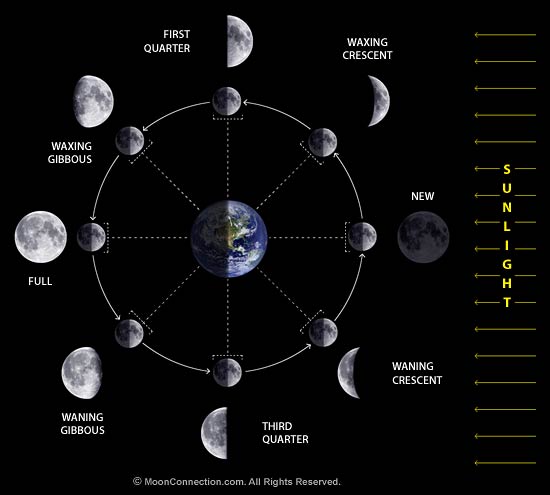After we learned about the electromagnetic spectrum, we came to class, and Mrs. M just randomly told us she had a great idea about how we each get a pair, and we would have a debate versus another pair, that meaning Mrs. M told us whether we were going to pros or cons (pros means you are supporting the topic, and cons is the opposite.) Once Mrs. M told us who was pros and who was cons, we started researching, there was no talking allowed, when we got all the research we would share it with our partner and see which are the main points and ideas. Once we were done with the researching and putting our arguments together, the debate would start. I was partnered up with Aleksej, we were the cons of irradiated food. Throughout our discussion Teodora, Monica, and Lilla (mainly Teodora) showed and told us the opposite side which in this case was the pros of irradiated food. This was a great discussion, I think and hope Aleksej and I did a good job, both teams came up with great points, and we had a lot of fun, while discussing.
Meaning of Irradiated Food:
Food irradiation is the process of exposing food to ionizing radiation to destroy microorgansims, bacteria viruses, or insects that might be present in the food. rendering foods safe to consume and extending their storage lifetime.
Pros and Cons of Irradiated food:
Pros:
- Destroys harmful substances in the food.
- Irradiation can kill or substantially reduce the number of potentially dangerous organisms in foods. Estimates range of 90 to 99%.
- No need for buying it, irradiated is labeled.
- Destroys nutrients in food
- When life was made, it was made to die not preserve
- Not fully tested, not known if it has any long term effects.
You see two container of a food at the supermarket. One is irradiated one is not. The price is the same. Which would you buy? Explain why.
Okay, so first of all, I wouldn't have to make that choice, because the only times I go to the supermarket is either to buy drinks, or chocolate, or ice cream... But that's not the point right now. If I would have to choose, I would pick the natural foods. I would not pick the irradiated one because if it’s healthy I know that it won’t harm me after washing it. Some might pick the other choice, but what i picked, i think is the right choice. Other people should pick what they think would be healthy and good for them, but whether the others' choice is irradiated, or not irradiated, they should always wash their food before eating it.
How was science used to address a global food problem with irradiation?
As said in the previous part, our population has increased and keeps increasing, in the past few years, researchers show that we, humans have been able to feed more people with irradiated food than with normal/non-irradiated food. In these past few years, we have had a lot of natural disasters; in fact, one of the biggest so far was in Japan the earthquake and tsunami that happened, washed away half of its people, and the earthquake that happened in Haiti. These natural disasters all left the country and people unstable, homeless, and hungry. With all these problems that the earthquake and/or tsunami has left, people from different countries came and started to help. As said the natural disaster has left the people hungry and they had no food, so they got irradiated food. Organizations like the Red Cross keep feeding the kids with Irradiated food and they all have a good and healthy life.



